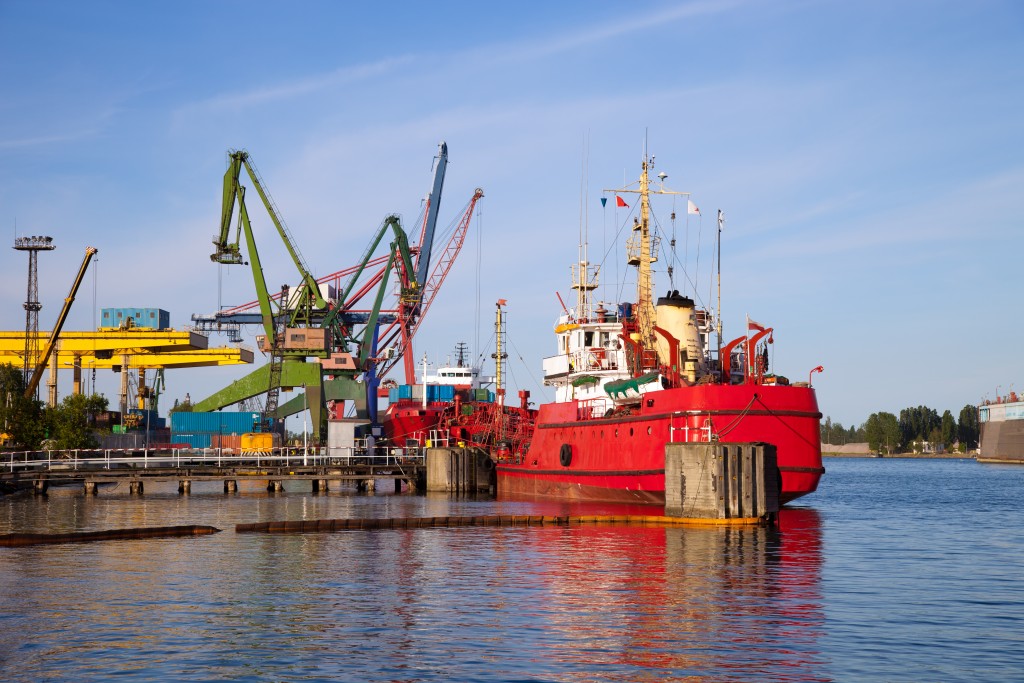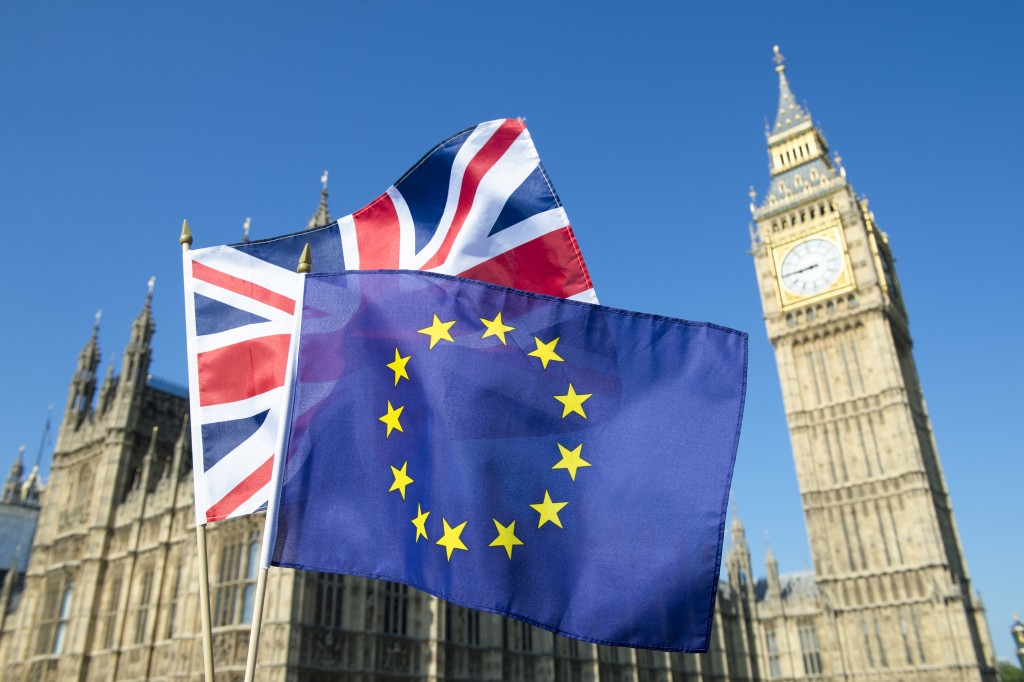The world is making marine vessels, whether they are passenger or cargo, more accountable for their carbon dioxide emissions. To do that, groups such as the International Maritime Organization (IMO) are implementing rules that can affect compliance and mete penalties for those that won’t follow.
Why These Regulations Are in Place
Anything that depends on fossil fuel can potentially increase greenhouse emissions, which can impact climate change.
Ships produce about 2% of the carbon dioxide in the atmosphere around the world. It may only be a small percentage, but the industry is expanding due to an increased need for cargo transport and tourism. Many of these vessels still use heavy diesel, which emits a significant amount of carbon.
Some countries are also getting serious in reducing the risk factors for climate change. These include banning heavy diesel, which some ships use. This can create big problems later on as these vessels may no longer be able to dock. Worse, they may have to face hefty penalties, including the detention of their vessel.
The shipping industry has a lofty goal for this one. Based on the plan by the International Maritime Organization member states, international vessels should be able to reduce their greenhouse emissions by as much as 50% in 2050 compared to 2008.
It must decrease the release of carbon dioxide significantly as soon as possible while the ultimate goal is to phase out the use of fossil fuels at least within this century.
If possible, the reduction should reach 70% by 2050, so it can still meet the objectives of the 2015 Paris Agreement. By 2030, the amount of emissions should already be 40% from that in 2008.
What the Organization Demands from the Vessels
Compliance is one, and it’s something vessels should pay attention to. If possible, it might need to have charterer’s liability insurance in cases of oversights and errors.
Hellenic Shipping News reported that the European Union had already completed the first monitoring year in 2018. It shall commence the first reporting by the early months of 2019. The IMO, meanwhile, is about to begin its first period of monitoring this year.
This will introduce new changes to the existing SEEMP or the ship energy efficient management plan of the vessels. It will already have a new part 2 for a more uniform data collection. The new ships should be able to implement this upon their delivery.

For ships covering the EU, they already need to submit carbon dioxide emissions report, as well as other related documents, to the commissions and to the authorities of the member states. The report is comprehensive, covering many aspects such as verification, monitoring method information, results of the annual monitoring, and energy efficiency.
The ship should then receive a certificate of compliance. In the UK, the 2017 regulation drafts proposed penalties for not following the regulations. The potential fines will be unlimited if the vessel is in England and Wales. It will be subject to a maximum penalty of £10,000 if it’s in Northern Ireland and Scotland. It might also receive a detention notice, which means it cannot leave the port. It’s also possible the ship cannot enter to any port in the UK.
Ships have a tough job when it comes to reducing carbon emissions as fast as possible, but compliance will ensure they can stay on course in achieving the industry’s goal.




